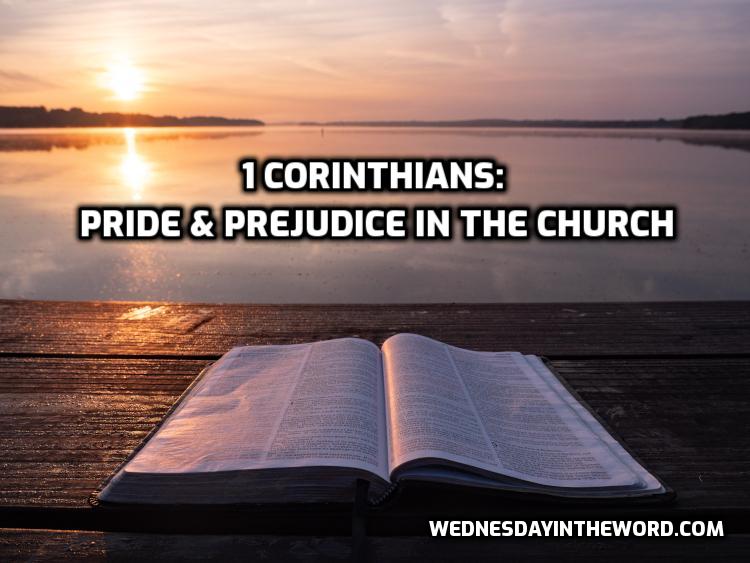A 15-week Bible study podcast series on Paul’s letter to the Galatians. In Galatians, Paul argues that you can recognize the gospel by its substance, source and result.
1 & 2 Thessalonians: Between times
An 11-week Bible study podcast series on Paul’s letters to the Thessalonians. Paul teaches a young church how to live between until Christ returns.
Gospel of Matthew 8-12: Behold the King!
After the Sermon on the Mount, Matthew focuses our attention on the miracles of Jesus. Having shown us that Jesus speaks with the authority of God, Matthew now shows us that Jesus also acts with the authority of God, by performing miracles only God can perform. The miracles confront us with the question: will we believe Jesus is who he says he is?
Gospel of Matthew 1-7: Behold, the King!
A 40-week Bible Study podcast series on the Gospel of Matthew chapters 1-7. Matthew gives us one of the earliest records of the teaching of Jesus.
1 Corinthians: Pride & Prejudice in the church
1 Corinthians: A 47-week Bible Study podcast on Paul’s letter to the Corinthians from the podcast Wednesday in the Word with Krisan Marotta
1 John: Discerning the True Gospel
1 John: An 11-week Bible Study podcast on John’s first letter from the podcast Wednesday in the Word with Krisan Marotta
2 Peter: How to find life
Simon Peter served as an apostle of Jesus Christ for 3 or 4 decades. As his earthly life drew to a close, Peter wrote his second letter to encourage and admonish the churches. What truths did he think were so important that he had to make sure he wrote them down before he died? Peter strongly emphasizes our future hope and the return of Christ. Our future hope is more than living forever: it concerns being freed from sin and death and sharing the holiness of God.
Philemon: How to be a Hero
While philosophers often use this letter to talk about the evils of slavery and sometimes condemn Paul for not taking a strong stance against it, I think this letter has much more to say to us as individual believers about how we should live our daily lives.
Philippians: Choose Life
Paul’s letter to the Philippians is filled expressions of praise, joy and confidence, despite the fact that Paul wrote the letter while he was in prison. The Philippian church, unlike many other churches Paul wrote to, was not facing any particular problem or controversy. Instead their challenges were the kind that plague many churches today. We can learn from Paul how to rejoice and persevere in the mundane, ordinary difficulties of life.
Colossians: Getting the Gospel Right
If pressed could you discern the actual gospel of Jesus Christ from a counterfeit? Especially if the skewed message came from within mainstream evangelicalism?
1 Peter: Living as aliens and strangers
Peter wrote his first letter give his readers perspective on the big picture. The gospel (the big picture) has implications for each of those relationships and that is what this letter is about: how we respond to God and view ourselves in this world; how we respond to other believers who are walking this journey with us and how we respond to those who persecute and hate us.
James: The Gospel in Shoe Leather
If I could sum up James, in one verse, it would be Luke 6:46: “Why do you call me ‘Lord, Lord,’ and not do what I tell you?” The central question of the book of James is: Are you living what you claim to believe?












